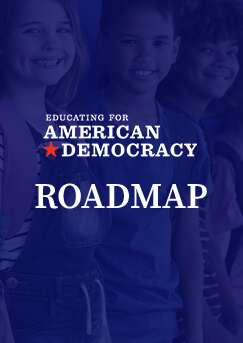In this case, John Tinker (15), Christopher Eckhardt (16), and Mary Beth Tinker (13) chose to wear black armbands to their schools as a silent protest against the War in Vietnam. School authorities sent them home until they would agree not to wear the armbands. The case, which made its way to the Supreme Court, became a landmark decision that laid the groundwork not only for students to exercise freedom of speech in school (with some limits imposed by this case and others), but also to exercise other Constitutional rights.
“First Amendment rights, applied in light of the special characteristics of the school environment, are available to teachers and students. It can hardly be argued that either students or teachers shed their constitutional rights to freedom of speech or expression at the schoolhouse gate….
…In our system, state-operated schools may not be enclaves of totalitarianism. School officials do not possess absolute authority over their students. Students in school as well as out of school are ‘persons’ under our Constitution. They are possessed of fundamental rights which the State must respect, just as they themselves must respect their obligations to the State. In our system, students may not be regarded as closed-circuit recipients of only that which the State chooses to communicate. They may not be confined to the expression of those sentiments that are officially approved. In the absence of a specific showing of constitutionally valid reasons to regulate their speech, students are entitled to freedom of expression of their views…
…A student’s rights, therefore, do not embrace merely the classroom hours. When he is in the cafeteria, or on the playing field, or on the campus during the authorized hours, he may express his opinions, even on controversial subjects like the conflict in Vietnam, if he does so without ‘materially and substantially interfer(ing) with the requirements of appropriate discipline in the operation of the school’ and without colliding with the rights of others.”


